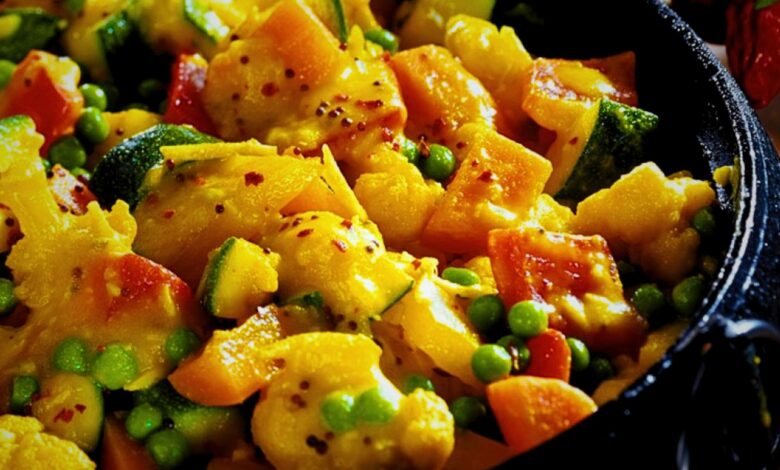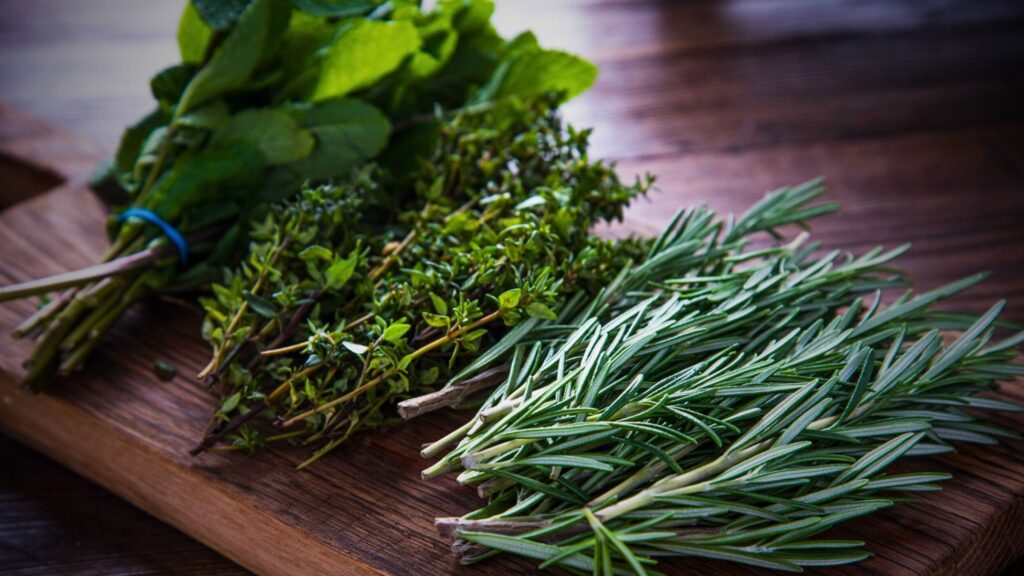How to Make a Vegetable Curry Without Using Dairy Products?

Both vegetarians and non-vegetarians enjoy the savoury, healthy dish known as vegetable curry. Although vegetarian curry paste or yoghurt is frequently used in conventional curry dishes to provide richness and creamy texture, it is entirely feasible to make a delectable dairy-free alternative without sacrificing flavour or texture. In this post, we’ll look at a delicious dairy-free vegetable curry recipe that emphasises the fresh flavours of veggies and flavourful spices.
The Best Vegetables to Eat:
Choosing the correct veggies is the initial step in making a delicious dairy-free Indian cuisine. Choose a colourful array of fresh veggies to give the dish more depth and diversity. Potatoes, carrots, bell peppers, cauliflower, peas, spinach, and beans are typical vegetable curry ingredients. Take free to play around with the vegetables you like best to make a dish that’s right for your palate.
Getting the Vegetables Ready:
It’s crucial to carefully prepare the vegetables before cooking. For even cooking, slice or chop them into bite-sized pieces after giving them a good wash. When using veggies, such as potatoes or carrots, parboil them briefly to guarantee that they are fully cooked before adding them to the vegetable curry. The vegetables’ beautiful colours and nutrients may be retained by short blanching them.
Making the Base: Tasty Tomato and Onion:
Create a delicious base with onions and tomatoes to give the curry depth and richness. Onions should be finely chopped and sautéed in a lot of oil in a big skillet till they are transparent and gently browned. Add smashed ginger and garlic after that to improve the curry’s flavour profile. When the onions are fully cooked, add the diced tomatoes and continue cooking them till they are mushy and soft. The organic richness of the tomatoes will provide the curry’s flavour with a lovely new depth. Advice is, you may purée the cooked onion and tomato combination for a more uniform sauce if you like a smoother curry texture.
Seasonings & Spices for Vegetable Curry:
Spices are the foundation of any curry & are essential to bring out the true flavours. The perfect combination of spices will yield a thick and flavourful curry even though you might not be employing dairy. Typical seasonings included in vegetable curries include:
- Cumin: For a warm, earthy flavour, toast cumin seeds or use ground cumin.
- Ground coriander: This spice gives food a subtly lemony and somewhat sweet flavour.
- Turmeric: Famous for its vivid yellow colour, turmeric gives the vegetable curry warmth and a slight bitterness.
- Garam Masala: This spice mixture of garam masala, which frequently contains cinnamon, cloves, and cardamom, along with additional spices, is necessary for a traditional curry flavour.
- Chilli Powder or Fresh Chillies: With chilli powder or fresh green chillies, you may give your dish a little extra spice.
- Paprika: For a subdued smokey flavour, try sweet or smoked paprika.
- Fenugreek: Fenugreek seeds or leaves add a distinctive, slightly bitter flavour.
Leave these spices to cook along with the onion and tomato base to release their flavours. Depending on how spicy and flavourful you want your food, vary the quantity of each spice.
Coconut Milk to Make It Creamier:
Coconut milk is a great dairy-free substitute for achieving the creaminess often given by dairy-based goods. The spicy onion and tomato mixture should be combined with a can of coconut milk by vigorously stirring. The vegetable curry is given a sumptuous consistency from the coconut milk, which also gives it a little tropical sweetness.
Making the Curry Simmer:
After combining the base & coconut milk, add the chopped veggies to the pan & gently mix to immerse the vegetables in the delicious sauce. Give the veggies time to soak up the flavourful spices and coconut milk by allowing the curry to simmer on a low flame. Be careful not to overcook the veggies so that their original flavours and textures are preserved. Cook the veggies till they are thoroughly cooked and soft. You can add a little vegetable broth or water to the curry if it thickens up too much while cooking to obtain the right texture.
Keeping the Flavours in Check:
Smell the curry periodically while it simmers to check on the flavours. If necessary, increase the seasoning by including extra herbs, salt, or sugar. Without introducing any dairy products, the flavour can be improved with a dash of brown sugar or coconut sugar.
Citrus and Fresh Herbs Are Added:

Think about including some fresh herbs and lemon in your dairy-free vegetable curry to improve the flavours. Before serving, sprinkle the top with chopped cilantro or parsley to add a splash of colour and freshness. Additionally, squeeze of lemon or lime juice will also add a tart edge to balance out the curry’s richness.
Conclusion:
Cooking a delicious dairy-free vegetable curry is a pleasant experience because it brings out the flavours of the veggies’ natural ingredients and savoury spices. Additionally, you may create a tasty curry without using any dairy products by selecting the right amount of veggies, making a delicious onion and tomato base, and adding coconut milk for smoothness.





